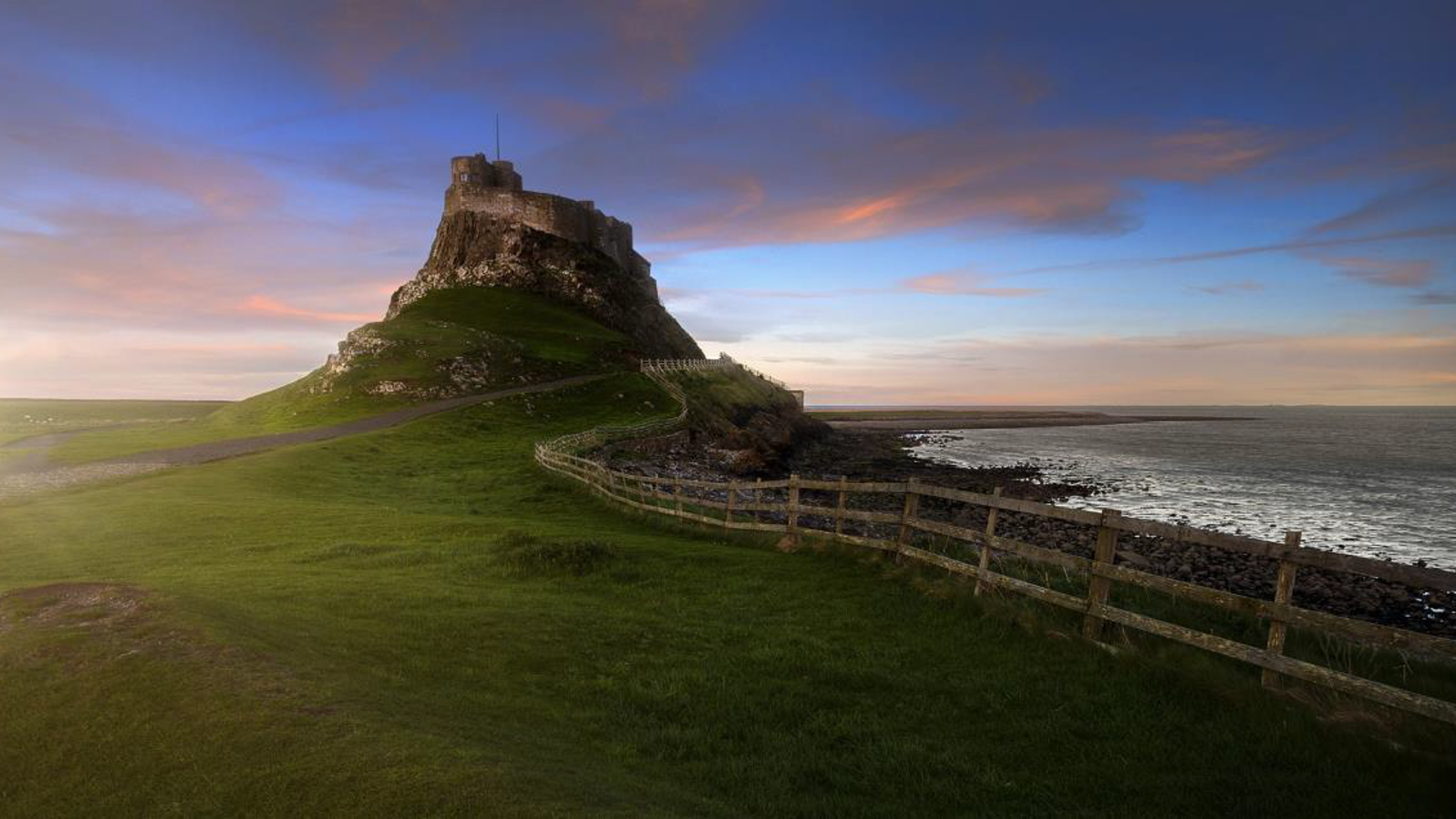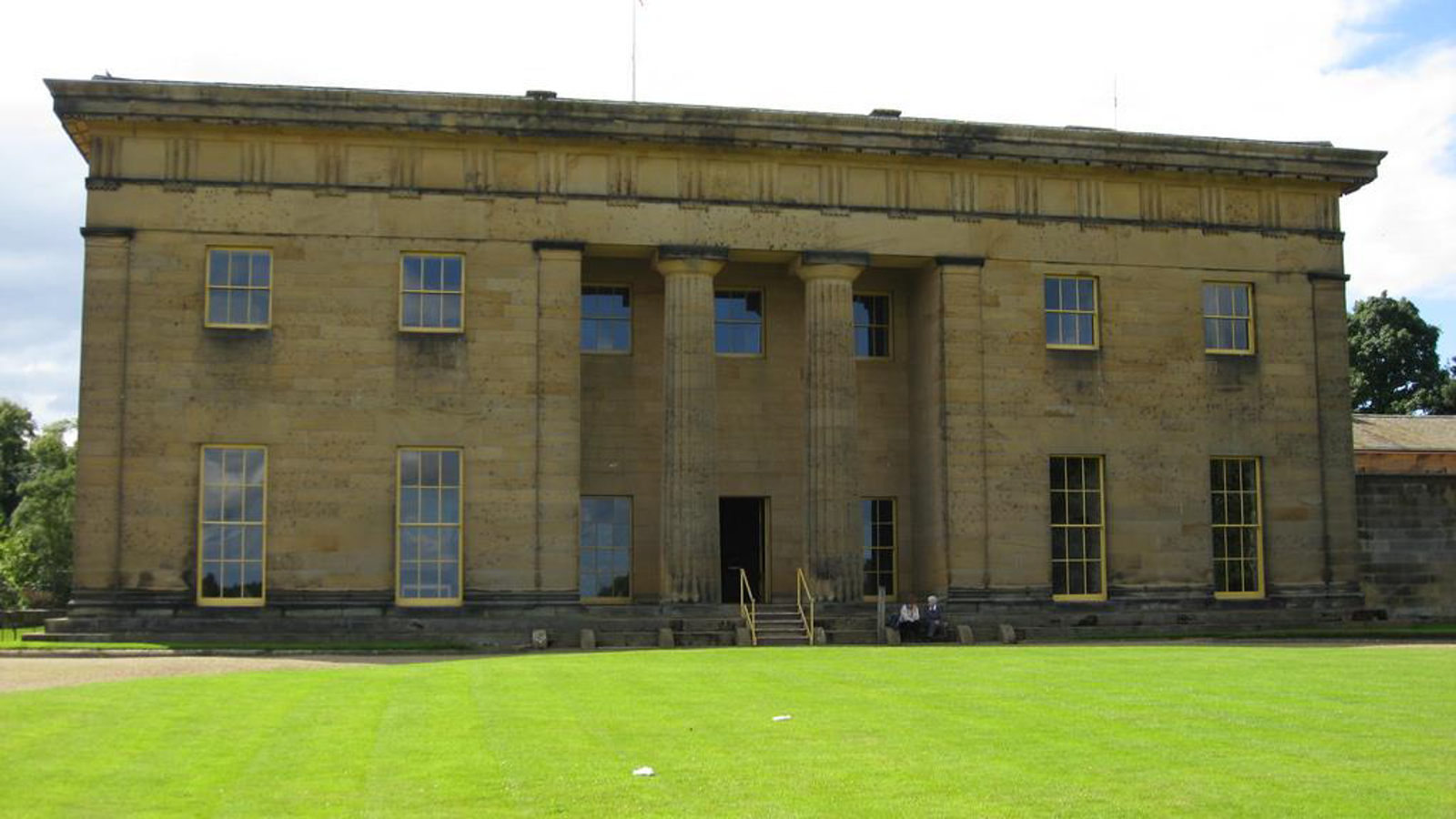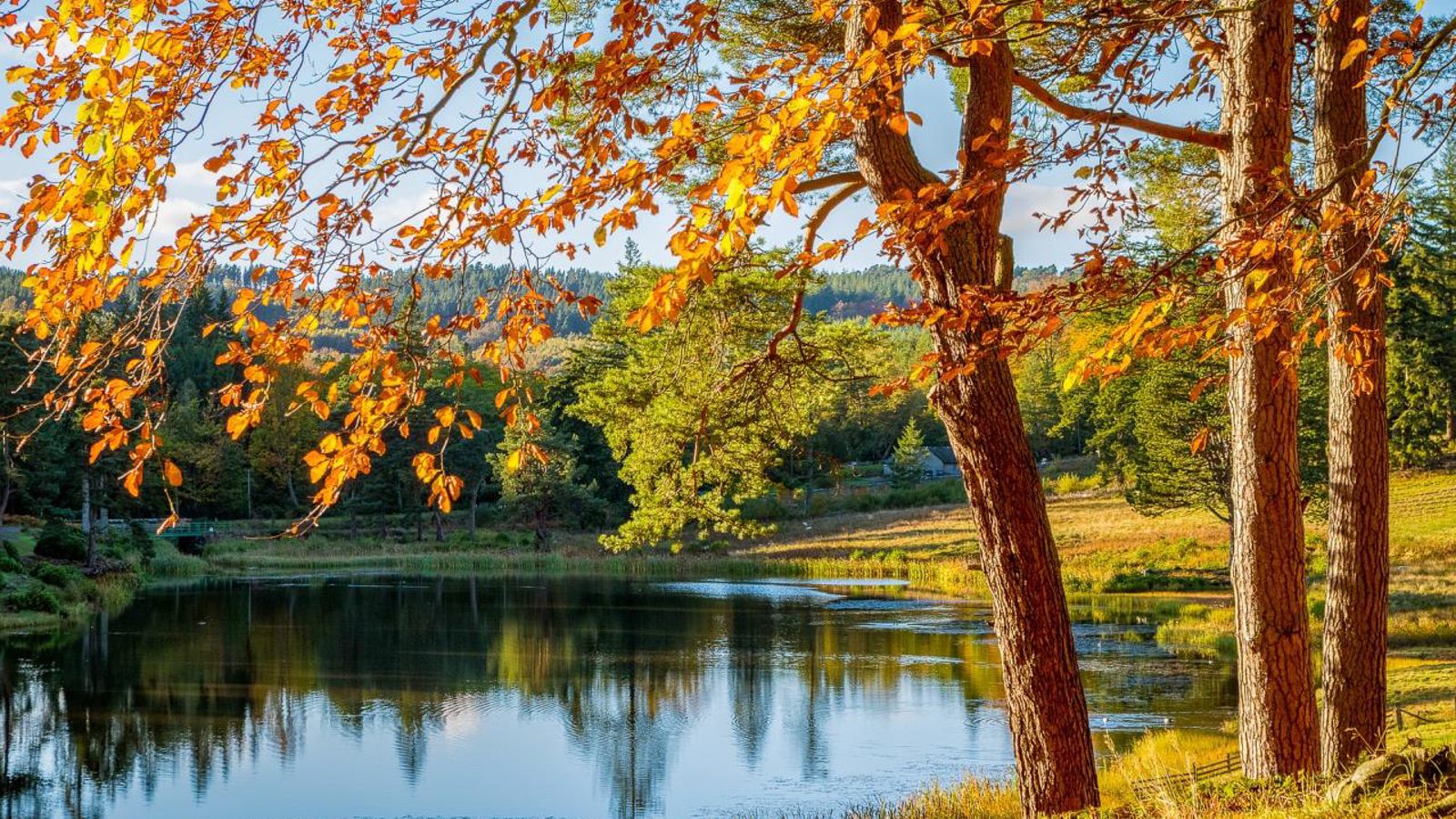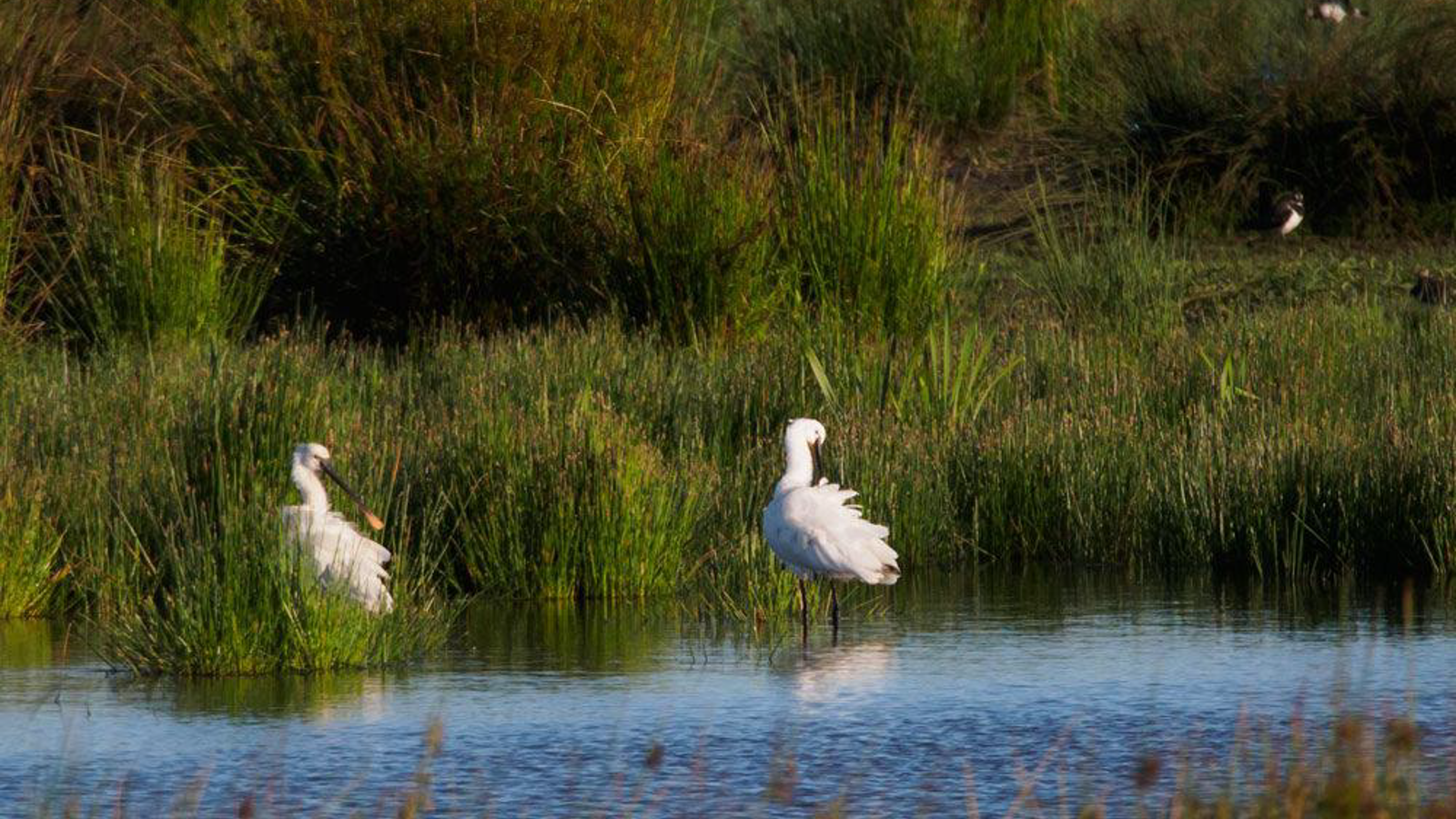Top 10 Heritage Sites in Northumberland
Whether you're visiting Northumberland with family or friends, or simply live in the local area and want to explore the region more, there are so many wonderful attractions, and places of historical significance that you can visit.
We’ve collated ten of our favourite heritage sites in Northumberland for you to tick-off your list as you explore. We’ve included a selection of sites, buildings and beautiful natural environments, that we believe are important to the heritage of area.

Alnwick Castle
In the picturesque Northumberland town of Alnwick, you'll find Alnwick Castle. Steeped in British history, the Norman-style castle has been home to the Percy family since 1309; the family arrived from France, and have since been embroiled in the changing landscape of the country, seeing rebellion, revolution and economic changes.
Visit Alnwick Castle and see the family and castle history, and the evolution of the castle over time. Explore castle museums, exhibitions showcasing key moments in history, and take in the splendour of the state rooms.
There are also fun activities for all the family to enjoy — as a Harry Potter filming location, broomstick training is on offer, as well as medieval crafts and games, and a thrilling Dragon Quest.

Lindisfarne
The holy island of Lindisfarne can be found just off the Northumberland Coast. It is a tidal island, fully cut off from the coast twice a day. You can reach Lindisfarne via the tidal causeway — but make sure to check for safe crossing times before you go.
Lindisfarne is steeped in history. Irish monks settled in Lindisfarne in 635 AD. They were joined by a monk named Cuthbert in the 670s, who became Saint Cuthbert, one of the North’s most prominent saints.
In the centuries that followed, Lindisfarne saw raids by Viking pirates, warfare and unrest, all adding to the historical landmarks you can see if you visit. Visit the priory ruins, including the Rainbow Arch that survived the collapse of the central tower, or find out about the 1,400-year history at the island museum, and browse the shop for some keepsakes.
Image by Littlerich from Pixabay.

Belsay Hall, Gardens and Castle
Belsay Hall and Gardens is an English heritage site that offers visitors a multitude of things to do — including a medieval castle, beautiful gardens and striking hall.
Belsay Hall itself, a Greek revival mansion, was constructed by the Middleton family in the 18" century. Sir Charles Monck, who moved his family out of the castle and into the hall on Christmas day 1817, designed it. The building was inspired by Monck’s honeymoon to Greece.
There are also 30 acres of gardens to explore, including a Quarry Garden inspired by the travels of Monck, and a Rhododendron garden — displaying one of the largest collections in the country. Why not try out the Victorian tea room as you continue to explore?
In the grounds you'll also discover Belsay’s medieval castle, designed to impress guests, and act as a refuge during Anglo-Scottish war. You can explore many of the rooms of the castle as part of your visit.
“Belsay Hall” by Glen Bowman is licensed under CC BY-SA 2.0.

Cragside
In Rothbury, Northumberland, you'll find Cragside; a beautiful Victorian house surrounded by gardens and woodland.
Cragside was the home of William George Armstrong, also known as 1* Baron Armstrong, an inventor and businessman — among many other talents. Armstrong decided to build a house in Rothbury, following his fond memories of the village as a child, and added to the estate throughout his life. He filled it with gadgets, planting trees and adding artificial lakes over the years. Most notably, he made Cragside the first home to be lit by hydroelectricity.
Visit Cragside and discover some of Armstrong’s creations — many of which still work today. There’s an adventure play area for children, and paths and tunnels for you to explore!
Image by Michaela Wenzler from Pixabay.

Kielder
In one visit to Kielder, you’ll be able to enjoy the beautiful Kielder water, forest and
observatory; making it a great Northumberland attraction for all the family.
Kielder water is a man-made reservoir — the largest in Northern Europe, and its surrounding forest is the largest in England. Visitors can walk round and enjoy Kielder’s spectacular scenery, or indulge in one of the many activities available. There’s water sports too, including canoeing and kayaking, ailing and water skiing.
At Kielder Observatory, you can indulge in some star-gazing. Kielder has the largest expanse of dark night sky in Europe, and with the powerful telescopes at the observatory, you can see galaxies, comets, shooting stars and the Milky Way.
Image by CountrymanMagazine from Pixabay.

Woodhorn Museum
Located in Ashington, the world’s largest pit village, Northumberland’s Woodhorn Museum was a former colliery. Now, it offers tours, contemporary arts and cultural | exhibits to visitors.
Visit Woodhorn Museum to find out about mining heritage of Northumberland. There are winding houses (and the most powerful winding engine in the region), historic and contemporary mining exhibitions and art galleries. See the ventilation fan, which took a direct hit by a German bomb in World War Il, but lived to tell the tale.
Woodhorn Museum has a fun events programme, created to inspire and captivate all the
family. Dogs are welcome too, so don’t forget to bring your four-legged friend along with you.
"Woodhorn Colliery Museum, Ashington, Northumberland” by Glen Bowman is licensed under CC BY-SA 2.0.

Druridge Bay Country Park
The seven-mile stretch of Druridge Bay, located near Morpeth, is nearby a busy 19" century coal mine. It was an expected target for German invasion during World War Il, and if you walk along you can see anti-tank block, ready to protect the shores.
If you visit Druridge Bay, you'll be able to take in the stunning coastline sights, and try and spot the wildlife in the surrounding area. Find the small nature reserves that are perfect for seeing some rare birds or for fans of sports, it’s also a great place to surf, cycle, or take a brisk walk. For refreshments and more information, there is a visitor centre, children’s play area and café.
"Druridge Spoonbills" by johndal is lincesned under CC BY-SA 2.0.
Kirkley Hall Zoological Gardens
At Kirkley Hall Zoological Gardens, you can enjoy an action-packed and fun-filled day out for all the family by taking advantage of their range of things to see and do.
The Hall itself is a popular visitor attraction, located on the beautiful backdrop of Ponteland, Northumberland. At the zoo, you'll be able to see mammals, such a alpacas, lemurs, wallabies, monkeys and more, as well as an amazing variety of birds and reptiles.
There is an activity centre, with climbing towers and zip wires, forest schools and bush craft courses. There are grounds and woodland to explore, parks and picnic benches to enjoy and even a tea room to indulge in a sweet treat or two!

Hadrian's Wall
Hadrian’s Wall was built by Roman Emperor Hadrian, following his rise to Emperor in 17AD to guard the Roman territories from Barbarian attack. The wall spanned 73 miles, from Wallsend to Solway Firth, and was built by 15,000 men over six years.
Now a world-heritage site, parts of Hadrian’s Wall can now be patrolled by visitors. Take a trip to the Housteads, a Roman fort in Haydon Bridge, and explore the barracks and communal areas used at the time. There’s also an interactive museum housing ancient Roman artefacts, with guides to give an insight into what life was like.
Whilst you explore Northumberland, you can also take the Corbridge Roman Town audio guide, which brings the most Northerly town in the Roman Empire to life.
Image by David Mark from Pixabay.

Northumberland National Park
One of Northumberland’s most unspoilt areas, Northumberland National Park has become an essential part of the landscape of the North East. From exploring the history of the Roman Wall, to taking in the hills and valleys, the National Park has become a huge attraction.
Pop into the visitors’ centre, and get more information on the things to see and do. You can choose from guided walks, exhibitions, and activities such as weaving, and find out more about the literature inspired by the Northumberland landscape.
If you enjoy visiting these heritage sites in Northumberland, why not check out some castles in Northumberland? There’s so much to see and do in our beautiful region.
